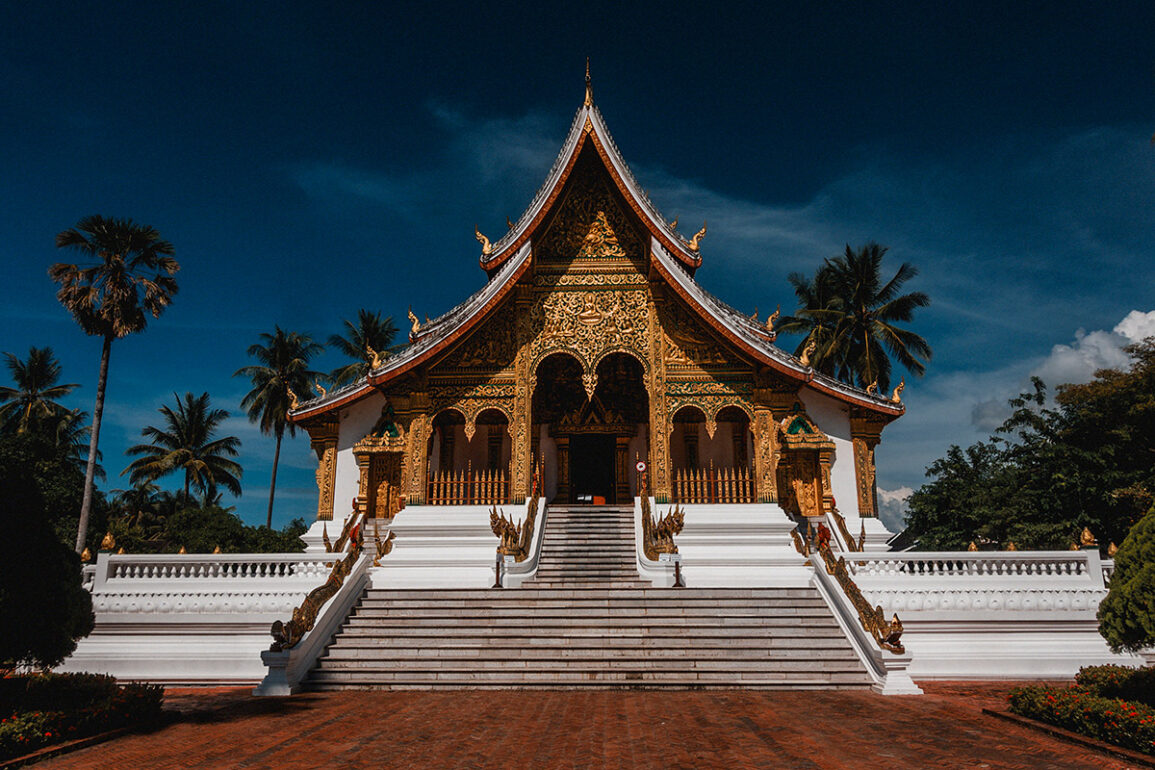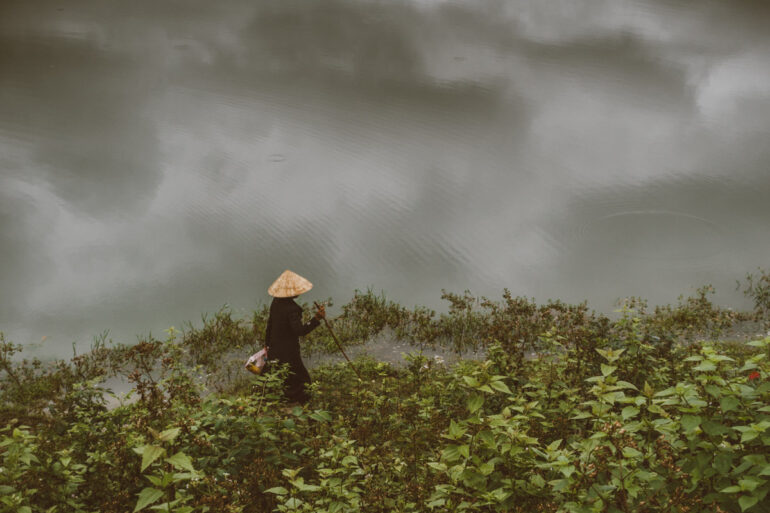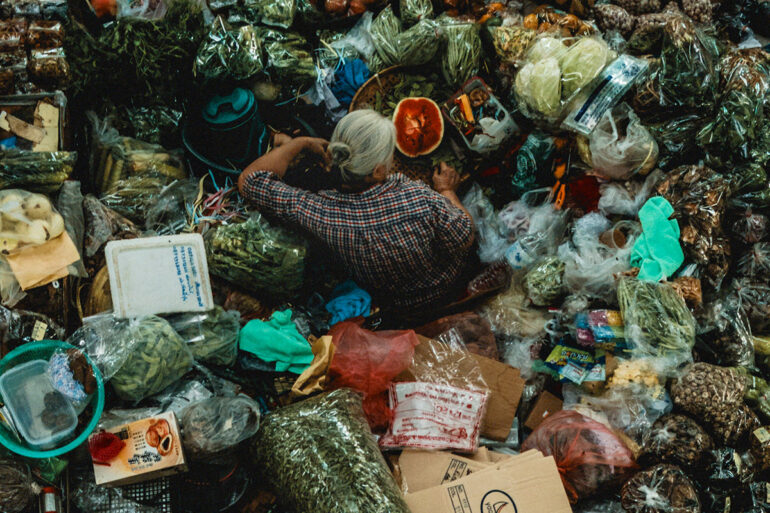We may earn a commission when you purchase through affiliate links. Learn more.
There’s nothing quite as enjoyable as a trip – long or short, to a unique destination. These days, hardly anyone heads off on vacation without some kind of camera, hoping to capture the magic of what made their trip special. Taking great travel photos is tough; there are the photos we see in Travel+Leisure and National Geographic…and then there are the Facebook snapshots that often don’t pack quite the same visual punch.
Too many people wait until after they get back from a trip to learn more about how to best use their camera and how to improve their travel photography, but there are a few simple tips that can help you prepare for an adventure filled with great photography. Whether you’ve got a full-frame professional DSLR or mirrorless camera like the Sony Alpha 9 III or Canon 5Ds, an enthusiast camera like the Nikon D7500, a point & shoot like the Sony Cyber-shot WX220, or a smartphone that virtually everyone carries in their pocket, there is always an opportunity to build your skills. If you’re trying to stretch your budget as far as possible on your next trip, be sure to check out our guide about how to save money on travel.
1. Think Like a Storyteller
What separates travel photography from landscape photography, is that travel photography is about more than just a beautiful scene – it’s about trying to give your viewer a sense of context and the essence of the destination.
To begin thinking like a storyteller in your travel photography, you’ll want to make evaluating the parts of a scene part of what you do before you take any photo. What should you be looking for? Let’s start by identifying a few basic elements:
Light
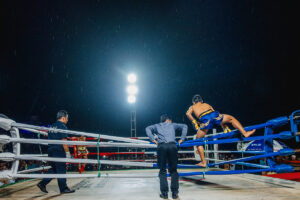 What’s the light source in your scene? Is the light warm or cool, harsh or soft? Could you possibly change your position to make the lighting work better with the picture you’re composing? Do you want any objects or people in the frame to be shrouded in shadow or illuminated?
What’s the light source in your scene? Is the light warm or cool, harsh or soft? Could you possibly change your position to make the lighting work better with the picture you’re composing? Do you want any objects or people in the frame to be shrouded in shadow or illuminated?
Movement
Are there any parts of your scene that are in motion? Perhaps there are moving people, clouds, steam, mist, animals, etc… Think to yourself how your composition might be improved by either using a fast shutter speed to freeze the movement or a slower shutter speed to accentuate the motion. It can be tough to move outside the box of thought that says all photos should feature crisp details, but sometimes a motion blur can help to create a truly compelling travel photo.
Depth
Depth is one of the most important compositional elements in travel photography, and essentially means where everything is located in your scene. Some things in your composition might be close, others might be far away, and some might lie somewhere in the middle. Figuring out what your foreground, middle-ground, and background elements are can really help you to arrange them in a way that tells a story, draws the eye into the scene, eliminates distractions, and is the most aesthetically pleasing.
Texture
Good travel photographs often make use of textural elements to add interest to a scene. Figure out where and what these textures are and how you can make use of them to improve your shot – sometimes textures can distract from your subject matter, while other times they can compliment it.
Color
Even if you’re a fan of black and white travel photography, it’s always important to be aware of color and the enormous role it plays in photography. Color and contrast help us to focus on the important parts of an image, so being aware of the colors you’re working with can help you to create a composition that makes sense. For instance, if you’re photographing farmers wearing brown clothing and working in a field of brown soil, you may have a more compelling composition photographing them from a lower angle to create contrast against a blue sky than from a higher angle where they will blend in against the soil.
2. Use Composition to Draw the Eye in
Before you press the shutter and snap a shot of something that looks interesting, try to be conscious of how you compose your images. Rather than just placing your subject in the middle of the frame, experiment with various compositions. Pay attention to your exposure settings and have your camera ready to take the shot – fiddling with camera settings is a great way to miss a great photo opportunity.
3. Go Beyond the Tourist Photos
There’s a reason tourist attractions are popular. Get the iconic tourist shots that everyone has to get, and then go lose yourself in a maze of alleyways and backstreets to find the local culture that doesn’t always make it into most visitor’s photos. Of course, you don’t always have to avoid the tourist trail to find photo-worthy moments, but you are so much more likely to encounter interesting situations and compelling photo possibilities if you explore a destination in more depth.
4. Search for Unique Perspectives
People often make jokes about photographers crawling around in the leaves and rolling around on the ground to get that perfect shot…but jokes aside, sometimes putting in a little extra effort to find unique, and even unusual, perspectives and vantage points really does make a difference. One of my favorite travel photography perspectives is to shoot from a higher angle, sometimes even straight down if possible to capture a unique scene that isn’t visible from the ground. Like in the shot above taken in a busy marketplace in Thailand, this can really create a fantastic composition that helps to showcase a more complete scene than you could ever see from eye level. Bridges, pedestrian walkways, and upper levels of markets can all make for great opportunities to change your vantage point and see a scene in a new way.
In this image above, a fruit and vegetable vendor was sitting in her market stall, surrounded by her produce. Photographing the scene from two floors above really creates a unique perspective and makes for a compelling travel image that offers viewers a scene that’s a little different from typical shots.
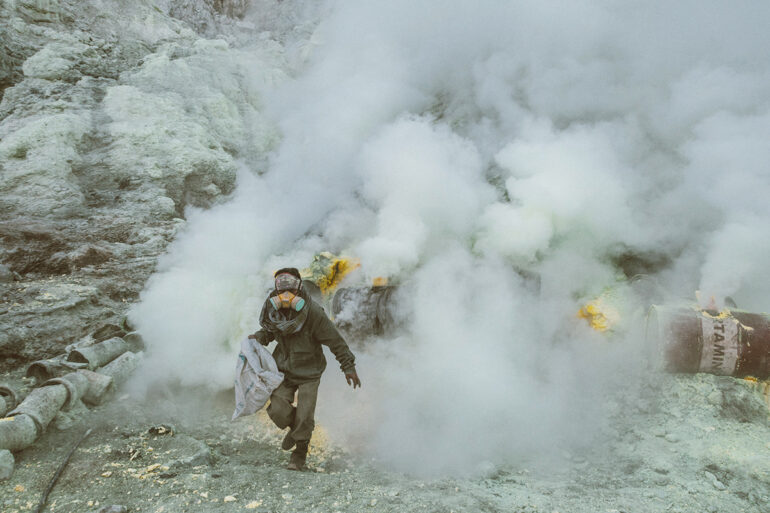
5. Include People & the Human Element in Your Shots
Photographing people can be intimidating, but there’s a reason why good travel photography often includes people, or at least the human element. While landscape photography showcases the beauty of the natural environment, what makes travel photography special in its own way is the importance placed upon showing how humans in different places interact with their environments. I often see travelers waiting for elusive “people-free” moments so that they can take a picture with no one in it. Sometimes a photo devoid of people is the way to go, but often, it’s the people that make for a great travel photo. In the image above, taken inside the crater of Mount Ijen, a volcano on the large island of Java, Indonesia, the inclusion of the sulfur miner gives what would otherwise be a confusing and relatively uninteresting shot greater context and depth that tell a story.
Making the most of people in your shots is more than just snapping a shot of a crowd. Sometimes snapping lots of photos of a scene does pay off when one of them is just perfect, but patience is often necessary, and getting a great shot can sometimes mean waiting for a person wearing just the right colors to stand in just the right place. As you practice, you’ll learn to pre-visualize what makes for an interesting scene. If you’re going to include people in your shots, pay attention to those scene elements like color, texture, and depth – you don’t want a composition that’s too busy or too uninteresting. Keep shooting and you’ll find the perfect blend!

